How transformational conservation success emerges when environmental protection becomes community empowerment, economic opportunity, and social justice

In the executive boardrooms where CEOs shape corporate strategy and philanthropists decide where to direct their impact investments, a revolutionary understanding is reshaping environmental philanthropy. The most successful conservation initiatives of our time aren’t those that protect nature from people—they’re programs that protect nature with people, transforming environmental challenges into human opportunities while creating lasting solutions for both communities and ecosystems.
For sustainability-conscious leaders who’ve built careers on understanding that the most effective strategies address root causes rather than symptoms, this human-centered approach to conservation offers something unprecedented: proof that environmental protection can become a catalyst for poverty elevation, community resilience, and sustainable economic development. From struggling cities where lack of ecological programs compounds social challenges to war ravaged regions where environmental restoration becomes peace-building, the evidence is clear: sustainability succeeds when it serves human needs while healing the planet.
The False Dichotomy: People vs. Nature
Why Traditional Conservation Failed Communities
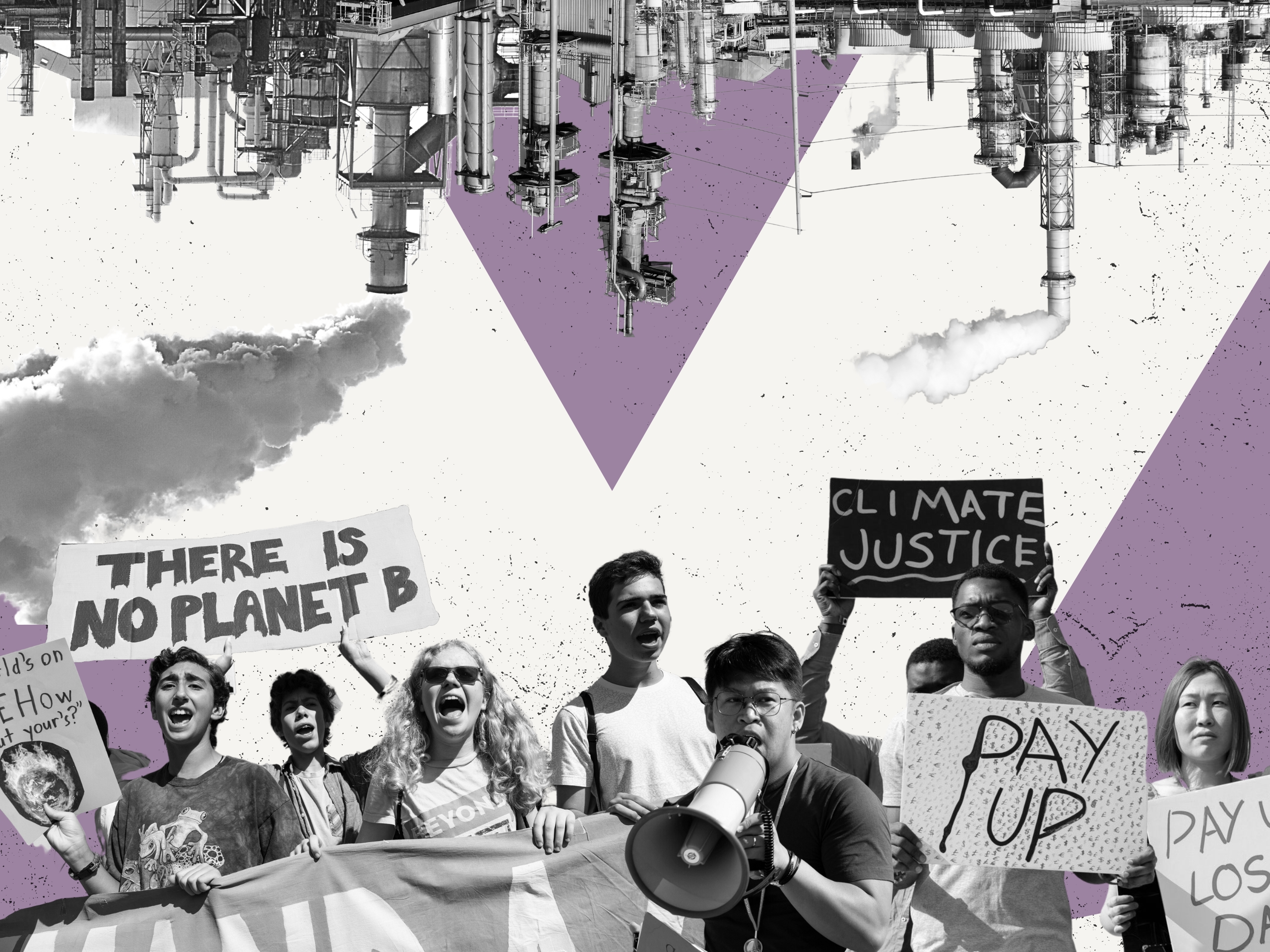
For decades, conservation was built on a fundamental misunderstanding: that protecting the environment required excluding people. This approach created what development economists call “fortress conservation”—protected areas surrounded by impoverished communities whose livelihoods were destroyed by environmental protection. The results were predictable: conservation efforts that failed because they lacked community support, and communities that suffered because they were denied access to natural resources that had sustained them for generations.
The Bezos Earth Fund, which represents the largest philanthropic commitment to climate change and environmental protection, has fundamentally shifted this paradigm. Their $10 billion initiative prioritizes environmental justice and community-centered approaches, recognizing that sustainable conservation requires addressing the human needs that drive environmental degradation.
This shift reflects a growing understanding among major donors that environmental challenges are fundamentally human challenges. Deforestation often results from communities needing farmland to address food shortages. Pollution in struggling cities stems from lack of ecological programs that could provide alternative livelihoods. Climate change impacts hit hardest in communities with the least capacity to adapt, creating cycles of environmental degradation and human suffering that reinforce each other.
“Environmental protection that doesn’t address human needs is neither sustainable nor just,” notes Dr. Carmen Delgado, director of the Environmental Justice Resourcing Collective. “The most effective conservation initiatives are those that make environmental protection economically attractive to the communities who live with natural resources every day.”
The Economic Reality of Environmental Degradation

Understanding the human side of conservation requires recognizing the economic forces that drive environmental destruction. In regions facing poverty elevation challenges, communities often have little choice but to exploit natural resources for immediate survival, even when they understand the long-term environmental costs.
The most successful environmental programs address these economic realities directly, creating sustainable products and green products enterprises that make conservation financially beneficial to local communities. When protecting forests generates more income than cutting them down, when bio-packaging cooperatives provide better livelihoods than extractive industries, when eco-friendly agriculture yields higher returns than conventional farming, conservation becomes economically rational rather than economically punitive.
This economic integration is particularly crucial in war ravaged regions, where environmental degradation often compounds conflict and humanitarian crises. Environmental restoration programs that create employment and economic opportunity can become foundations for post-conflict recovery, demonstrating how environmental and social healing can reinforce each other.
Community-Centered Conservation: The New Paradigm
Case Study: Transforming Lives Through Environmental Enterprise

In the hills of Guatemala, a remarkable transformation is demonstrating how human-centered conservation can address multiple challenges simultaneously. The Maya Biosphere Reserve, once threatened by deforestation and illegal logging, has become a model for community conservation that addresses poverty elevation while protecting critical ecosystem services.
The success began when conservationists recognized that local communities weren’t the enemy of forest protection—they were potential allies whose economic needs had to be addressed for conservation to succeed. Rather than excluding communities from forest management, the program created community forestry concessions that give local people economic incentives to protect forests.
The results have been extraordinary:
Environmental Impact: Deforestation rates in community-managed forests are 2-3 times lower than in government-protected areas, while biodiversity indicators show significant improvement.
Economic Transformation: Community forest enterprises generate $2.3 million annually in sustainable income, with participating families seeing average income increases of 180%.
Social Development: The program has created 1,200 direct jobs in sustainable forestry, eco-friendly tourism, and sustainable products development, while funding education and healthcare improvements in participating communities.
Innovation Leadership: Communities have developed green products ranging from certified timber to forest-based medicines, creating intellectual property and brand recognition that generate premium pricing in international markets.
“We went from seeing the forest as something we had to fight for access to, to seeing it as our business partner,” explains Maria Santos, president of a community forestry cooperative. “Now every tree we protect generates income, and every species we conserve creates opportunities for our children.”
Urban Environmental Justice: Cities as Conservation Frontiers

The human side of conservation is equally critical in urban environments, where struggling cities face environmental challenges that compound social and economic inequalities. Traditional approaches that focused on pollution control without addressing underlying social determinants of environmental health have had limited success, particularly in low-income communities and communities of color that bear disproportionate environmental burdens.
The most effective urban environmental programs integrate pollution reduction with community economic development, creating green products enterprises and sustainable products manufacturing that provide employment while improving environmental conditions. These programs demonstrate how environmental justice and economic development can be mutually reinforcing rather than competing priorities.
In Detroit’s Corktown neighborhood, the lack of ecological programs that followed industrial decline left residents with contaminated soil, poor air quality, and limited access to healthy food. The community-led Detroit Food Policy Council has transformed this challenge into opportunity through urban agriculture programs that create sustainable products while improving environmental and health outcomes.
Environmental Remediation: Community gardens and urban farms have remediated 47 acres of contaminated land while creating productive green space that improves air quality and reduces urban heat island effects.
Economic Development: Urban agriculture enterprises generate $450,000 annually in local income while providing fresh, affordable food to residents who previously lived in food deserts.
Social Cohesion: Shared gardening and food production activities have strengthened community networks and created platforms for broader civic engagement and political organizing.
Innovation Incubation: The program has spawned 12 eco-friendly businesses ranging from composting services to bio-packaging production using agricultural waste.
The Business Case for Human-Centered Conservation
ROI Metrics That Matter to Investors

For executives and impact investors accustomed to rigorous performance measurement, human-centered conservation offers compelling returns across multiple dimensions that matter to sophisticated stakeholders:
Financial Returns: Communities with effective environmental programs show 40% higher economic growth rates compared to areas with traditional conservation or no environmental programming.
Risk Mitigation: Investment in community-based environmental programs reduces portfolio risks related to climate change, regulatory uncertainty, and social instability.
Market Development: Sustainable products and green products enterprises emerging from community conservation create new market opportunities worth billions globally.
Brand Value: Corporate partnerships with successful community conservation programs generate measurable improvements in brand perception, employee engagement, and customer loyalty.
The African Wildlife Foundation’s community-centered approach exemplifies these multiple returns. Their programs in East Africa have generated over $15 million in community income through sustainable products enterprises while protecting critical wildlife habitat. Corporate partners including Unilever and Microsoft have leveraged these partnerships to demonstrate authentic commitment to environmental and social responsibility.
“When environmental protection becomes community empowerment, everyone wins,” notes Dr. James Isiche, AWF’s community conservation director. “Communities get sustainable livelihoods, corporations get authentic sustainability partners, and investors get measurable returns across environmental, social, and economic dimensions.”
Scaling Impact Through Network Effects

Human-centered conservation creates network effects that multiply impact far beyond individual programs. When communities succeed in developing sustainable products enterprises or eco-friendly innovations, they become teachers and mentors for other communities facing similar challenges. This peer-to-peer learning accelerates adoption and adaptation of successful models while building movements that can influence policy and market conditions.
The Grameen Foundation’s environmental programs demonstrate how community-centered approaches create viral adoption patterns. Their green products development initiatives in Bangladesh have been replicated in 23 countries, with each new implementation adapting the model to local conditions while maintaining core principles of community ownership and economic empowerment.
This scalability appeals to philanthropists and impact investors who understand network economics and viral adoption patterns. Rather than linear expansion that requires proportional investment increases, community-centered conservation creates exponential impact growth through knowledge sharing and peer learning.
Knowledge Transfer: Successful communities become training centers for other regions, creating institutional capacity that persists beyond initial program funding.
Innovation Diffusion: Sustainable products and green products innovations spread rapidly through community networks, accelerating development and reducing replication costs.
Policy Influence: Communities with successful environmental programs become advocates for supportive policies, creating enabling environments that benefit broader conservation and development efforts.
Market Integration: Community enterprises create supply chains and distribution networks that support scaling of eco-friendly business models.
Addressing Root Causes: Why Environmental Problems Are Human Problems
Food Security and Environmental Protection

Food shortages represent one of the clearest examples of how environmental and human challenges intersect in ways that require integrated solutions. Traditional approaches that addressed hunger through food aid or environmental degradation through conservation restrictions failed to recognize that sustainable food security requires healthy ecosystems, while ecosystem protection requires communities with secure livelihoods.
The most effective programs address both challenges simultaneously, developing agricultural systems that increase food production while restoring environmental services. These agroecological approaches demonstrate how environmental and human well-being can be mutually reinforcing when programs are designed with both outcomes in mind.
In Kenya’s semi-arid regions, climate change has intensified droughts that threaten both food security and ecosystem health. The community-led watershed management programs supported by the World Food Programme and the Food and Agriculture Organization have transformed this challenge into opportunity through integrated landscape restoration that addresses both environmental and livelihood needs.
Agricultural Productivity: Restored watersheds have increased crop yields by 60% while reducing dependence on external inputs by 40%, demonstrating how environmental restoration can enhance rather than compromise food production.
Ecosystem Services: Watershed restoration has improved water retention, reduced soil erosion, and restored native vegetation, creating resilience against future climate impacts.
Economic Diversification: The program has enabled communities to develop sustainable products enterprises including beekeeping, medicinal plant cultivation, and eco-friendly tourism that provide income during agricultural off-seasons.
Social Organization: Watershed management committees have become platforms for broader community development and collective action, strengthening social capital and governance capacity.
Post-Conflict Environmental Recovery
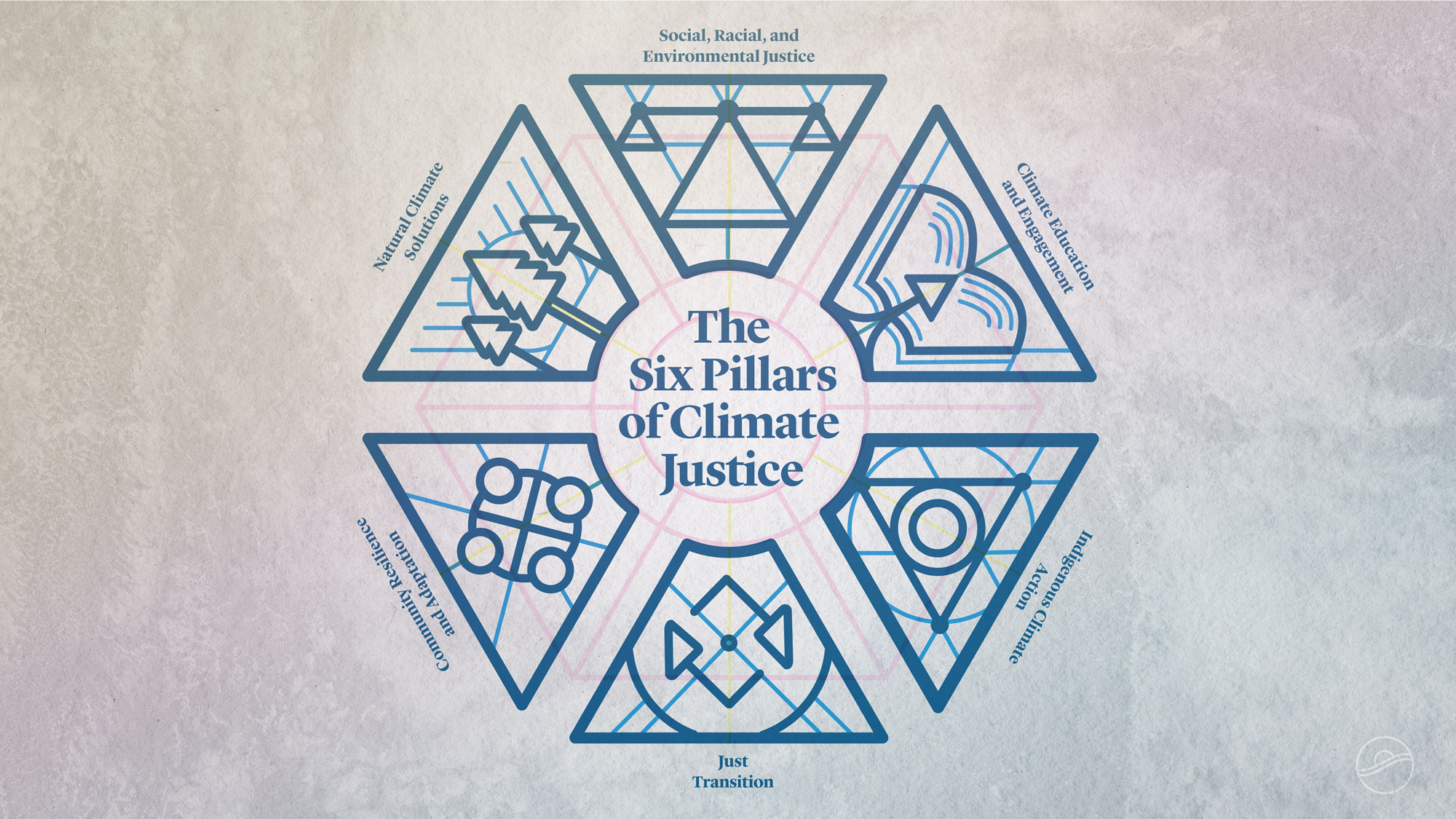
In war ravaged regions, environmental degradation often compounds humanitarian crises while hindering recovery and reconciliation efforts. Traditional approaches that separated humanitarian assistance from environmental protection missed opportunities to address both challenges through integrated programming that could accelerate recovery while building foundations for sustainable peace.
The most successful post-conflict environmental programs recognize that environmental restoration can become a platform for social healing and economic recovery. When former combatants and community members work together on reforestation, watershed restoration, or sustainable products development, they build relationships and shared economic interests that support broader peace-building efforts.
In Colombia’s former conflict zones, the environmental restoration programs supported by the European Union and the World Bank have demonstrated how environmental recovery can become a foundation for post-conflict development. Rather than treating environmental protection as a luxury that conflict-affected communities couldn’t afford, these programs made environmental restoration a pathway to economic opportunity and social reconciliation.
Economic Reintegration: Environmental restoration projects have created 3,400 jobs for ex-combatants and displaced people, providing alternatives to illicit economies while contributing to ecosystem recovery.
Social Reconciliation: Shared work on environmental projects has brought together people from different communities and backgrounds, creating relationships that support broader peace-building efforts.
Institutional Development: Environmental restoration committees have become models for participatory governance and conflict resolution, building capacities that benefit broader community development.
Innovation Development: Communities have developed green products and eco-friendly enterprises ranging from ecotourism to sustainable agriculture, creating economic foundations for long-term stability.
Urban Environmental Justice: The Human Face of City Sustainability
Transforming Struggling Cities Through Green Innovation
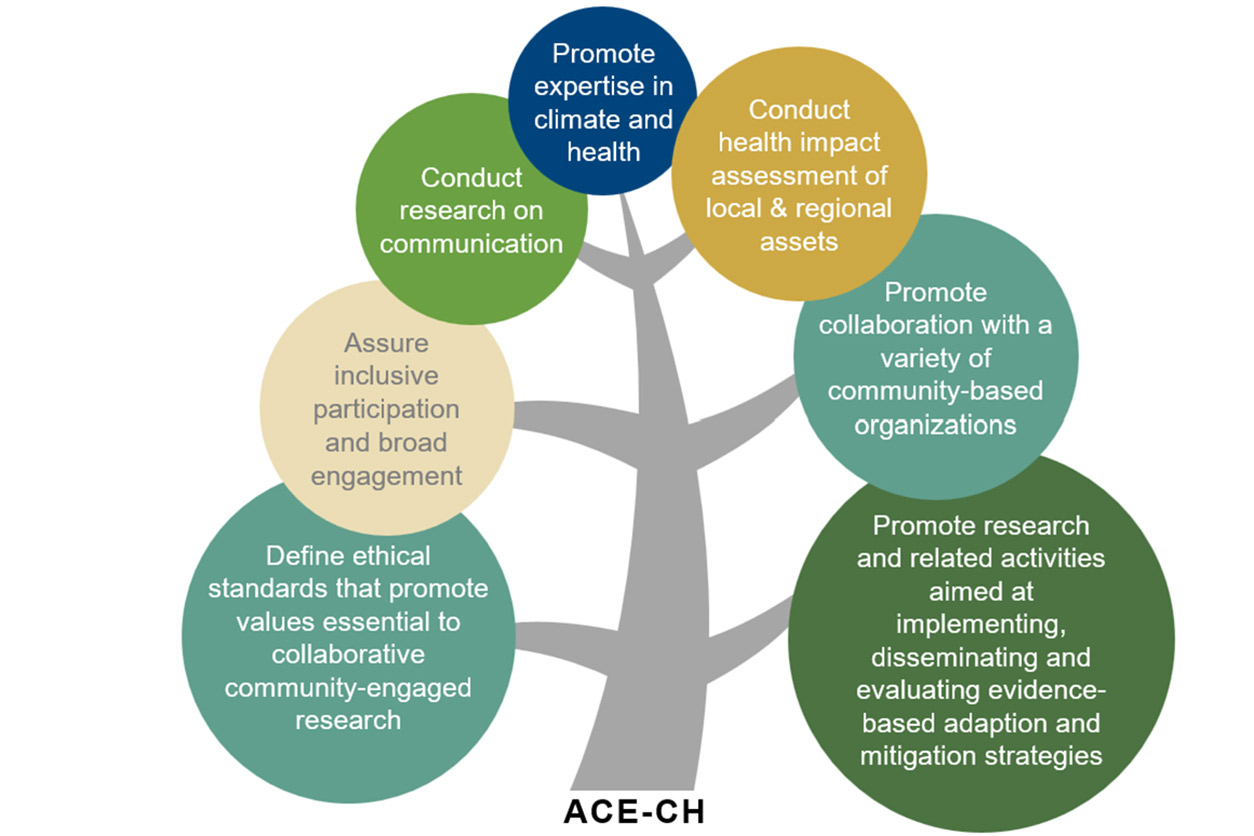
Struggling cities facing economic decline, population loss, and environmental degradation often experience a lack of ecological programs that could provide both environmental and economic benefits. Traditional urban planning that separated environmental protection from economic development missed opportunities to address both challenges through integrated approaches that could create jobs while improving environmental conditions.
The most successful urban environmental programs demonstrate how green products manufacturing, sustainable products development, and eco-friendly innovation can become engines of urban economic recovery while addressing environmental justice concerns. These programs show how environmental protection can become a pathway to urban revitalization rather than an additional burden on struggling communities.
In Flint, Michigan, the water crisis and economic decline created a perfect storm of environmental and social challenges. The community-led response has demonstrated how environmental justice organizing can become a platform for broader community development and economic recovery.
Infrastructure Innovation: Community organizations have developed sustainable products including water filtration systems and bio-packaging for emergency supplies, creating local manufacturing capacity while addressing immediate health needs.
Economic Development: Environmental remediation and green infrastructure projects have created 450 jobs while improving public health and environmental conditions.
Social Empowerment: Environmental justice organizing has strengthened community capacity for civic engagement and political advocacy, enabling residents to influence policy decisions that affect their lives.
Innovation Hub Development: Flint has become a testing ground for environmental technologies and community-centered solutions that are being replicated in other struggling cities facing similar challenges.
The Innovation Economy of Environmental Justice
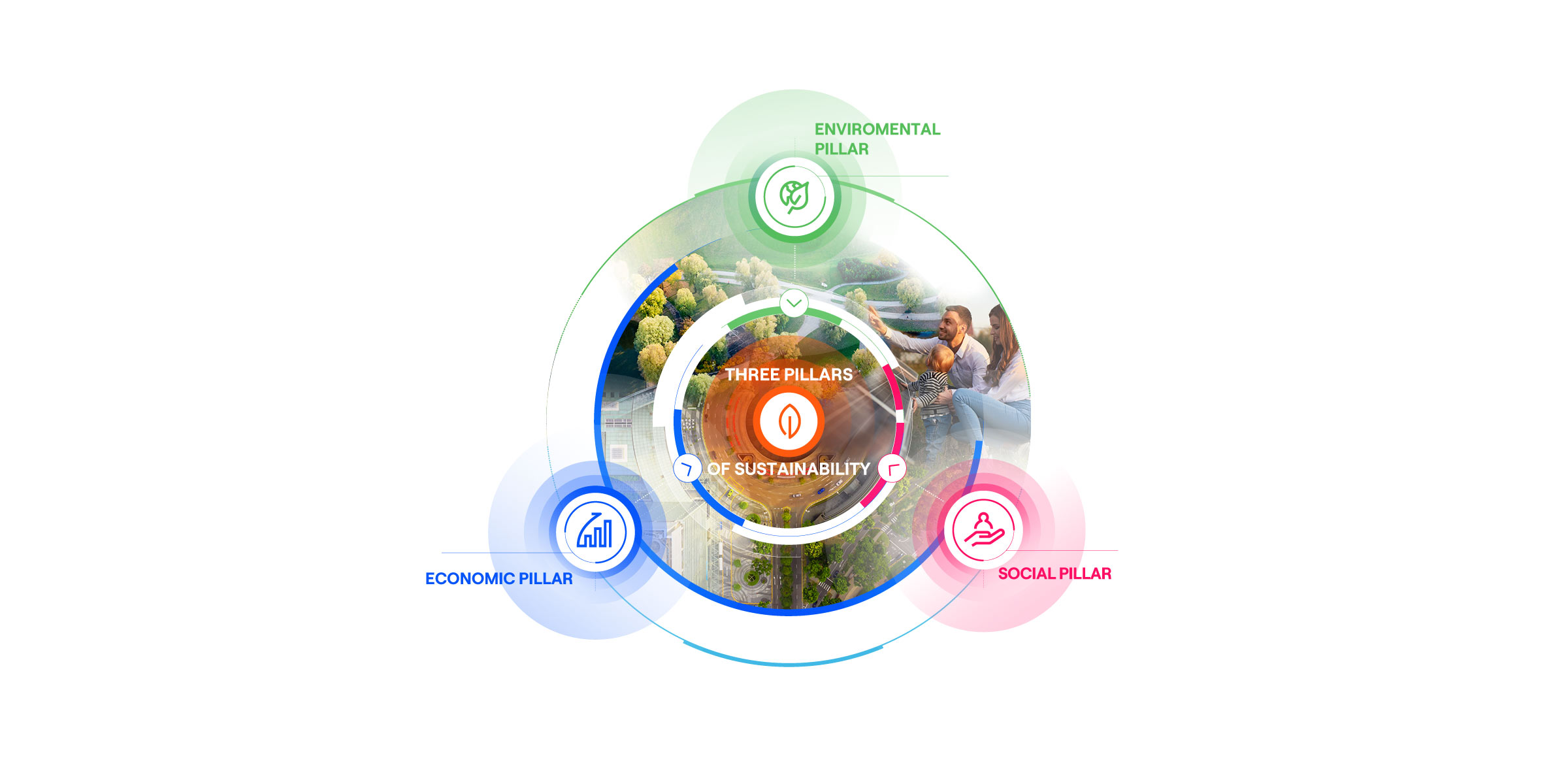
Environmental justice communities are increasingly becoming centers of innovation, developing sustainable products and green products that address local needs while creating economic opportunities. This innovation often emerges from necessity, as communities facing environmental challenges develop solutions that later prove valuable for broader markets.
The environmental justice organizing in Cancer Alley, Louisiana, has evolved beyond pollution fighting to include development of eco-friendly alternatives to petrochemical products. Community organizations have partnered with universities and corporations to develop bio-packaging and other sustainable products that could replace petroleum-based materials while creating local employment.
Technology Development: Community-university partnerships have generated 23 patents for green products and sustainable products innovations, creating intellectual property assets that benefit local communities.
Manufacturing Development: Bio-packaging and eco-friendly product manufacturing has created 180 jobs in communities that previously depended on polluting industries.
Market Integration: Products developed through environmental justice organizing are now sold through major retail chains, demonstrating how community innovation can achieve commercial scale.
Movement Building: Success in developing economic alternatives has strengthened environmental justice organizing and inspired similar efforts in other frontline communities.
Technology Transfer and Global Learning
How Local Solutions Become Global Innovations

One of the most compelling aspects of human-centered conservation is how solutions developed by communities facing environmental challenges often prove valuable for addressing similar problems worldwide. Sustainable products innovations emerging from community necessity become commercial products that benefit both innovating communities and global markets.
The bio-packaging technologies developed by indigenous communities in the Amazon are now being licensed by major corporations seeking alternatives to petroleum-based packaging. These partnerships provide ongoing revenue streams for communities while accelerating global adoption of eco-friendly packaging solutions.
Innovation Leadership: Communities that develop sustainable products to address local environmental challenges often become innovation leaders whose solutions are adopted globally.
Economic Benefits: Technology licensing and knowledge sharing provide ongoing revenue streams that support community development while incentivizing continued innovation.
Cultural Preservation: Programs that value traditional ecological knowledge help preserve cultural practices while creating economic opportunities that enable communities to maintain their territories and ways of life.
Global Impact: Solutions developed by individual communities can achieve global scale, multiplying environmental and social benefits far beyond their places of origin.
Building Networks of Innovation and Learning

Human-centered conservation creates learning networks that accelerate innovation and adoption of successful approaches across regions and contexts. Communities that succeed in developing green products enterprises or sustainable products innovations become teachers and mentors for other communities facing similar challenges.
The Honey Bee Network in India exemplifies how community innovation can create global learning networks. Grassroots innovations in environmental technology and sustainable products development are documented, recognized, and shared across communities, enabling rapid adaptation and scaling of successful solutions.
Knowledge Commons: Platforms for sharing community innovations create collective learning resources that benefit multiple communities while recognizing and compensating innovators.
Peer Learning: Community-to-community exchanges enable knowledge transfer that is more culturally appropriate and contextually relevant than expert-driven technology transfer.
Innovation Acceleration: Network learning effects accelerate development and refinement of sustainable products and green products innovations while reducing development costs.
Movement Building: Learning networks create solidarity between communities facing similar challenges while building movements for policy change and market transformation.
The Investment Imperative: Why Smart Money Follows Human-Centered Conservation
Portfolio Diversification Through Social-Environmental Integration

For sophisticated investors seeking portfolio diversification and risk management, human-centered conservation offers unique advantages. Programs that integrate environmental protection with community economic development create multiple value streams that provide resilience against various market and policy uncertainties.
Regulatory Resilience: Investments in community-based environmental programs are less vulnerable to regulatory changes because they address both environmental and social priorities that maintain political support across different administrations.
Market Diversification: Sustainable products and green products enterprises emerging from community conservation access multiple markets including fair trade, organic, and mainstream commercial channels.
Currency Independence: Community-based enterprises often generate value in local currencies and markets, providing hedge against international currency fluctuations.
Innovation Pipeline: Communities facing environmental challenges consistently generate innovations that create intellectual property and commercial opportunities.
The Environmental Justice Resourcing Collective has demonstrated how pooled investment in community-led environmental programs can generate both financial and social returns. Their portfolio approach enables risk diversification while maintaining focus on community ownership and environmental justice.
ESG Integration and Stakeholder Capitalism
For corporations focused on ESG (Environmental, Social, Governance) performance and stakeholder capitalism, human-centered conservation offers authentic opportunities to create shared value while advancing environmental and social goals.
Stakeholder Alignment: Programs that serve both environmental and community development goals align with multiple stakeholder interests, reducing conflict and building support.
Supply Chain Resilience: Community-based sustainable products enterprises create diversified supply chains that are more resilient against disruption while supporting rural economic development.
Brand Authenticity: Partnerships with successful community conservation programs provide authentic sustainability stories that resonate with consumers and employees.
Risk Management: Investment in community environmental programs helps companies manage risks related to climate change, social instability, and regulatory uncertainty.
Major corporations including Patagonia, Ben & Jerry’s, and Interface have demonstrated how deep partnerships with community environmental programs can create business value while advancing environmental and social mission.
The Future of Conservation: Scaling Human-Centered Solutions
Policy Integration and Systemic Change

The success of human-centered conservation programs is influencing policy development at local, national, and international levels. Policymakers are recognizing that environmental policies that address human needs are more effective and sustainable than those that ignore social and economic realities.
The European Union’s Green Deal explicitly integrates environmental protection with social justice, recognizing that climate change policies must address impacts on workers and communities to maintain political support and achieve environmental goals. Similarly, the Biden administration’s Justice40 initiative requires that 40% of federal environmental investments benefit disadvantaged communities.
Policy Innovation: Successful community conservation programs serve as models for environmental policies that address both ecological and social goals.
Implementation Capacity: Communities with experience in environmental programming often become partners in implementing larger policy initiatives, providing local capacity and community legitimacy.
Advocacy Leadership: Communities that succeed in environmental programming become effective advocates for supportive policies, creating political constituencies for human-centered conservation.
International Influence: Successful models influence international environmental agreements and development frameworks, scaling impact beyond national boundaries.
Technology Integration and Digital Innovation
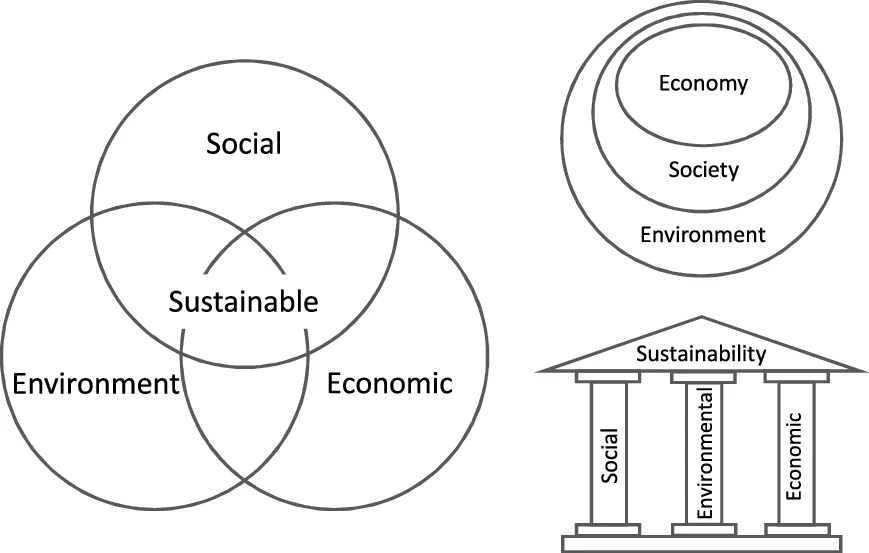
Emerging technologies are creating new opportunities for human-centered conservation by enabling communities to monitor environmental conditions, connect with global markets, and access technical expertise that was previously unavailable in remote areas.
Digital platforms enable communities to document and protect traditional ecological knowledge while sharing innovations with other communities worldwide. Blockchain technology provides secure mechanisms for intellectual property protection and benefit sharing from sustainable products and green products innovations.
Digital Inclusion: Technology access enables communities to participate in global environmental monitoring and knowledge sharing while maintaining control over their information and innovations.
Market Access: E-commerce platforms enable community enterprises to access global markets for sustainable products and green products while maintaining local control over production.
Innovation Support: Digital fabrication technologies enable communities to prototype and test eco-friendly innovations while connecting with technical expertise and potential investors.
Movement Building: Social media and digital organizing tools enable communities to build solidarity and coordinate advocacy for environmental justice and human-centered conservation policies.
Your Role in the Conservation Revolution
Strategic Partnership Opportunities

For sustainability-conscious leaders seeking meaningful engagement with environmental issues, human-centered conservation offers unique opportunities to create measurable impact while building authentic relationships with frontline communities and innovative social entrepreneurs.
Direct Investment: Support community-led environmental programs that integrate ecological protection with economic development and social justice.
Corporate Partnership: Develop authentic supply chain relationships with community enterprises producing sustainable products and green products.
Innovation Collaboration: Partner with communities to develop and scale eco-friendly innovations that address both local needs and global markets.
Policy Advocacy: Use your influence to support policies that enable community-centered environmental programs to thrive and scale.
The most effective partnerships recognize communities as equal partners with valuable knowledge and innovations rather than beneficiaries of external charity. This partnership approach creates sustainable relationships that generate ongoing value for all participants while advancing environmental and social goals.
Building the Movement for Environmental Justice
Human-centered conservation represents more than a programmatic approach—it’s a movement that recognizes environmental protection and social justice as inseparable goals that require integrated solutions. Your participation in this movement can help scale successful models while building political and economic support for transformational change.
Network Building: Connect communities and organizations working on human-centered conservation to accelerate learning and innovation sharing.
Resource Mobilization: Use your networks and influence to mobilize resources for community-led environmental programs.
Story Amplification: Share success stories from human-centered conservation to build public understanding and support for community-centered approaches.
Institutional Change: Advocate within your organization and sector for policies and practices that support human-centered conservation approaches.
The Transformation Imperative: Why Now Matters
Climate Justice and Urgent Action

Climate change is accelerating environmental and social challenges in ways that make human-centered conservation not just preferable but essential for effective response. The communities most affected by climate change are often those with the least capacity to adapt, creating humanitarian crises that compound environmental degradation.
Traditional approaches that separated environmental protection from social development are inadequate for the scale and urgency of climate change impacts. Only integrated approaches that address environmental and human needs simultaneously can achieve the speed and scale of change required to address climate change while building community resilience.
The window for preventing catastrophic climate change impacts is rapidly closing, making it essential that conservation efforts mobilize community support rather than community resistance. Human-centered conservation offers the pathway to this community mobilization by making environmental protection economically and socially beneficial to the people who live with environmental resources every day.
The Legacy of Leadership
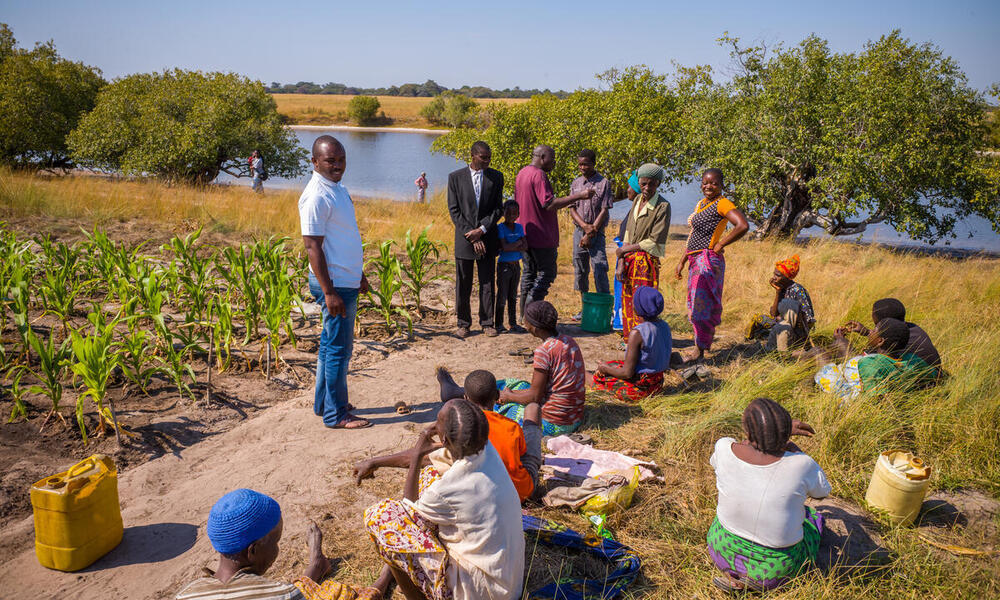
For visionary leaders who understand that the greatest challenges require systemic solutions, human-centered conservation offers the opportunity to build a legacy of transformational change that addresses environmental and social challenges simultaneously. Your leadership in this movement can help prove that sustainability creates prosperity, that environmental protection enables human flourishing, and that conservation becomes most powerful when it serves community needs.
The communities developing sustainable products from forest resources, creating green products enterprises from environmental restoration, and building eco-friendly innovations from local materials need partners who understand that environmental and social justice are inseparable. They need leaders who recognize that the future of conservation lies not in protecting nature from people, but in protecting nature with people.
Join the Global Executive Group Network and discover how your leadership can transform environmental challenges into community opportunities while creating the sustainable, just, and prosperous world we all need.
The planet needs healing. Communities need empowerment. The future needs leaders who understand that environmental work begins with people.
Your partnership with human-centered conservation can make both possible.
This analysis represents the collective insights of environmental justice leaders, community development practitioners, and conservation innovators who are proving that environmental protection and social justice are not competing priorities but complementary strategies for creating sustainable change.
About the Global Executive Group Network: We are a coalition of sustainability-focused leaders, community organizations, and social entrepreneurs working to demonstrate that environmental protection creates economic opportunity and social empowerment when designed with communities rather than imposed upon them. Learn more about our human-centered conservation initiatives at geg-network.org.